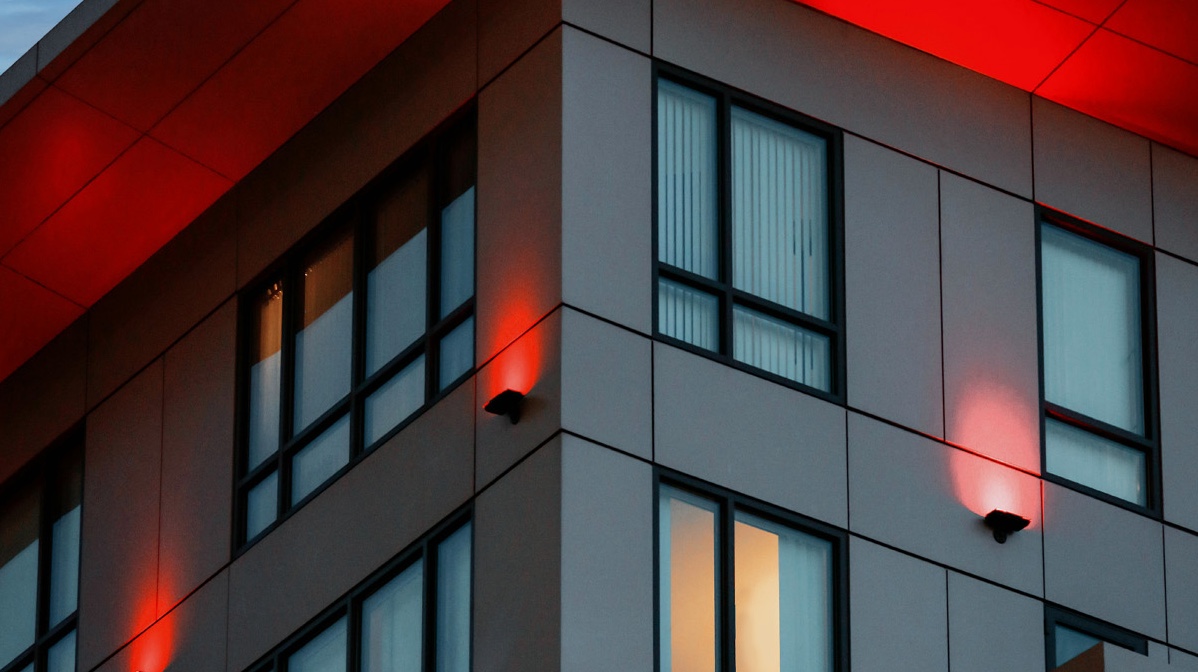The Energy Efficiency Imperative: A Prime Opportunity for Contractors
The commercial building sector is undergoing a significant transformation, and the electrical systems powering them need to evolve too. Driven by soaring utility costs, new building codes and a universal focus on sustainability, building owners are balancing a greater number of priorities with energy efficiency at or near the top of their list. With over 5.6 million commercial buildings and 350,000 industrial facilities in the U.S. consuming vast amounts of energy, the opportunity for energy reduction is significant. A staggering 30 percent of all energy consumed by these buildings is wasted – a loss equivalent to $120 billion annually. Systems that reduce energy consumption in these buildings are no longer a luxury but a necessity. This critical need presents a lucrative opportunity for electrical contractors prepared to meet the growing demand for smart energy management solutions, with submetering systems as a key element of building infrastructure.
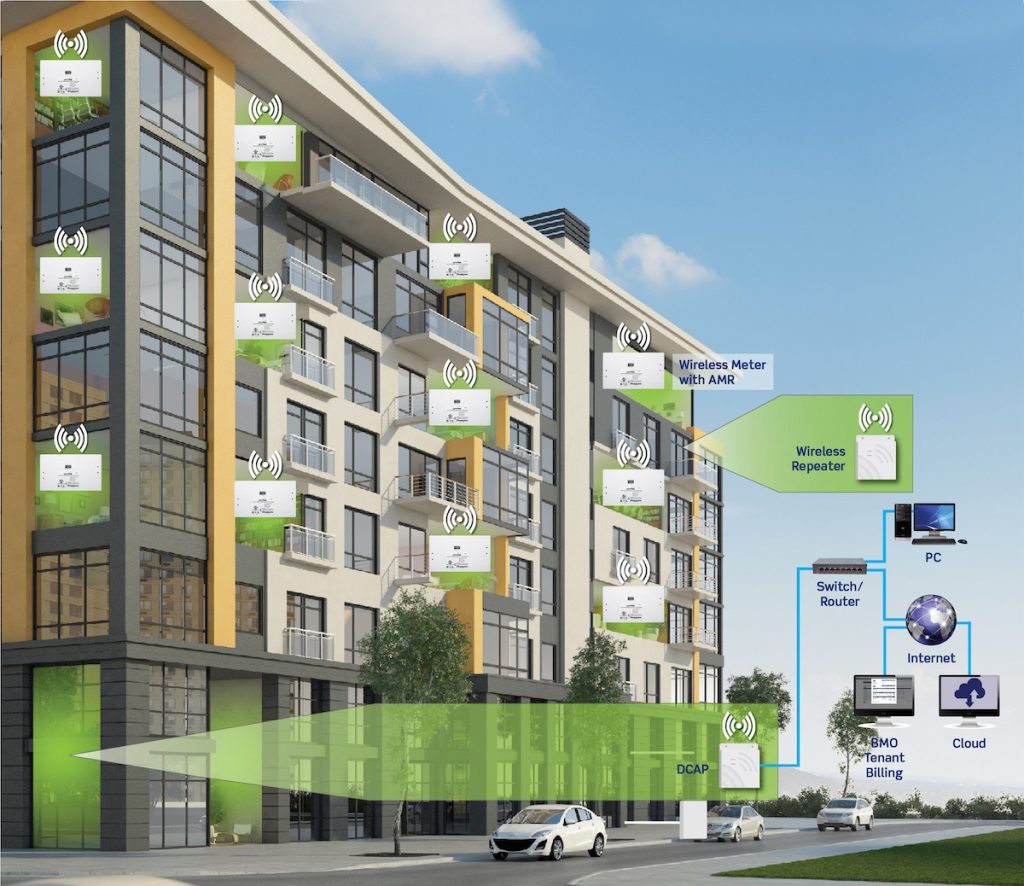
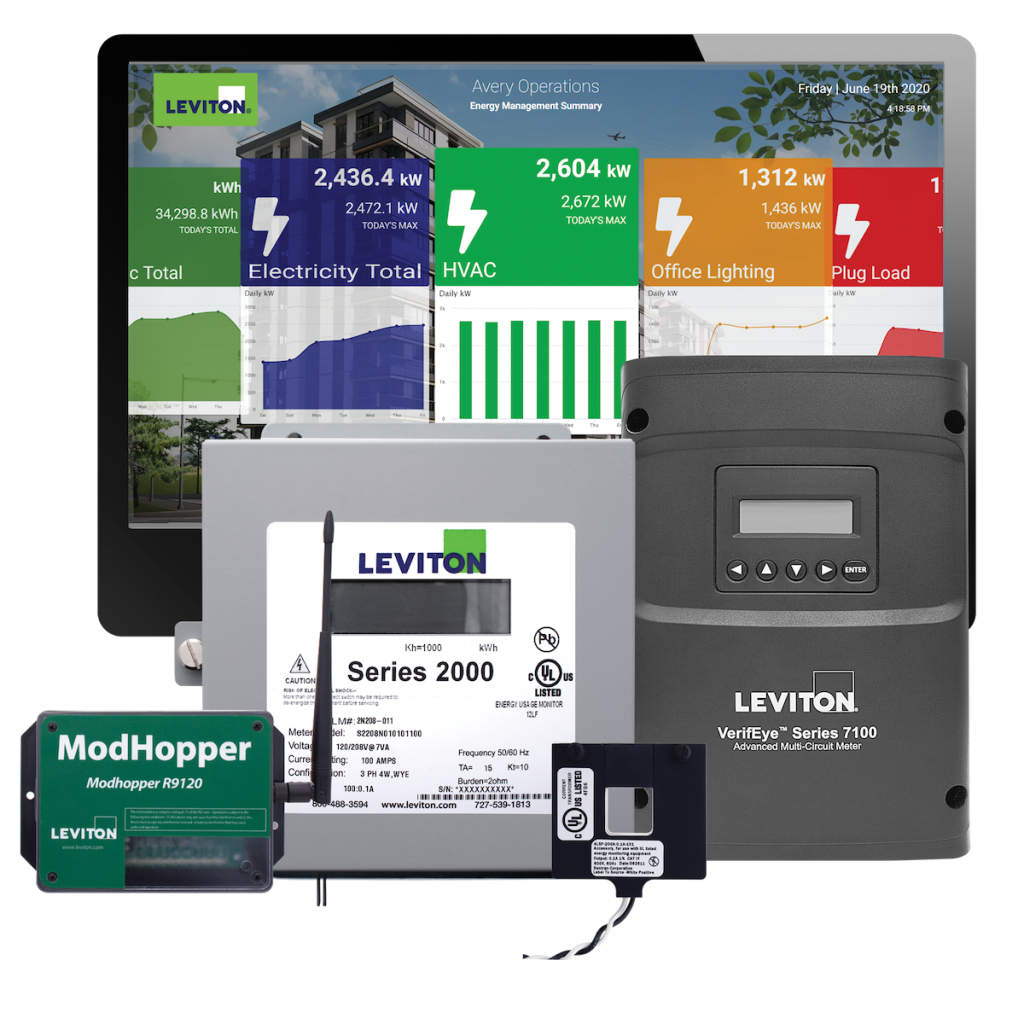
Why Submetering? The Momentum in Tenant Billing and Energy Monitoring
Submetering is the practice of installing secondary meters downstream of a utility company meter to measure energy consumption for individual spaces, tenants or even pieces of equipment within a building. This system provides detailed energy usage data, empowering building owners to gain unprecedented insights into their energy consumption patterns, identify inefficiencies, accurately bill individuals and pinpoint areas for savings. Submetering is particularly beneficial in residential multi-dwelling units or commercial facilities with multiple leaseholders because the granular energy data enables facility operators to keep individual tenants accountable for their usage, which typically results in less usage and savings over time. As major energy consumers, industrial and manufacturing facilities also benefit from submetering with cost savings from improving equipment performance, load shifting, and identifying and eliminating wasteful consumption. Instead of making assumptions about where energy is being used the most, submetering provides facility owners accurate, real-time energy data, enabling insight-driven decision-making.
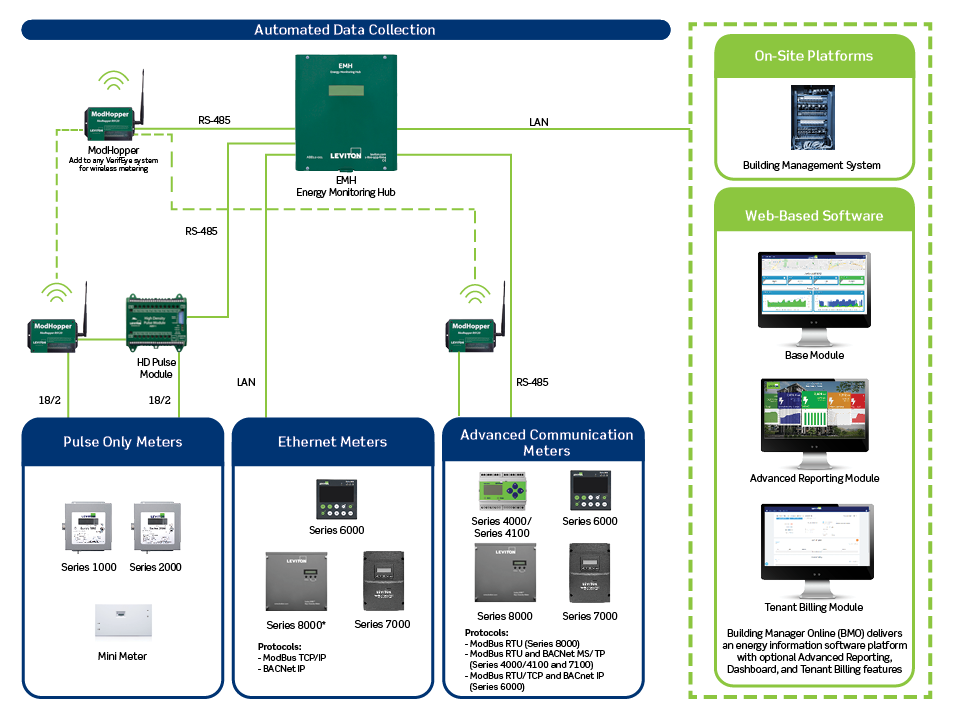
Several factors are converging to drive the increased adoption of submetering:
- Accelerating Utility Costs: As energy prices continue to rise, building owners are feeling the pressure to reduce consumption and control costs. Submetering provides the data they need to make informed decisions about energy usage, identify areas for improvement and demonstrate a clear return on investment for efficiency upgrades.
- Stringent Building Codes: Energy codes, like IECC, ASHRAE 90.1 and California’s Title 24, are setting increasingly higher requirements for energy-efficient building design. These codes include mandates for submetering systems in commercial buildings, including multi-tenant buildings, retail spaces, and multi-family residential complexes. The maturation of energy codes is creating a surge in demand for qualified installers and knowledgeable contractors who can guide building owners through the compliance process.
- The Sustainability Imperative: As environmental awareness grows, building owners are seeking ways to reduce their carbon footprint and achieve the goals of their stated sustainability initiatives. Submetering is a cornerstone of these efforts, providing the data needed to track energy performance, identify areas for improvement, and demonstrate a commitment to sustainability.
The Contractor Advantage: Submetering as a Lucrative Business Opportunity
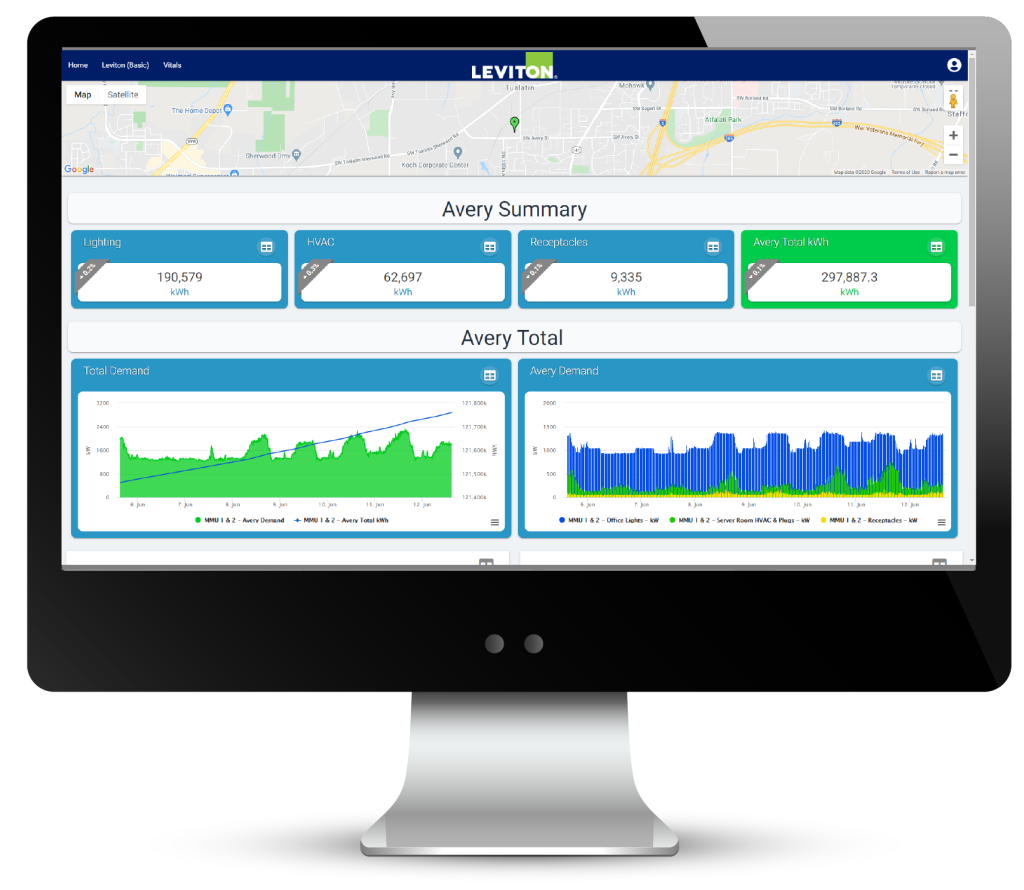
Submetering offers electrical contractors a unique opportunity to expand their service offerings, enhance their expertise, and generate a significant new revenue stream – not just from one-time projects, but as a source of recurring income for years to come.
Advanced submetering technology now makes it easier than ever for contractors to dip their toes into the growing market. Modern submetering system designs offer intuitive installation and seamless integration with existing building systems, minimizing disruption and downtime. Yet, the business potential with submetering extends far beyond the initial setup. Contractors can step into the role of a trusted energy advisor by helping building owners continuously optimize their facilities with additional efficiency solutions like lighting controls, LED lighting retrofits, and electric vehicle supply equipment (EVSE). This consultative approach to submetering not only delivers efficiency and cost savings to facilities for years to come but also fosters valuable, long-term relationships between contractors and their clients. These relationships can translate to repeat business, referrals, and a sustainable pipeline of projects, contributing to the contractor’s long-term success.
Educating Clients on the Benefits of Submetering
Contractors can play a crucial role in educating building owners about how to leverage submetering to achieve their sustainability goals. Optimizing energy efficiencies in buildings with submetering can be explained in three simple steps:
Measure, Monitor and Manage:
- Measure Energy Usage: Identify and quantify specific tenants, departments, or equipment consuming excessive energy.
- Monitor Consumption Trends: Analyze usage patterns over time to identify areas for improvement.
- Manage Energy Usage and Encourage Efficiencies: Leverage accurate consumption data to allocate energy usage costs fairly, encourage tenant responsibility, and make informed decisions about future building planning and investments.
Empowering owners with detailed, accurate energy insight unlocks a range of benefits. Submetering delivers:
- Cost Savings & Increased Efficiency: Building owners can achieve significant cost savings and a substantial return on their submetering investment by identifying and eliminating energy waste, optimizing building operations, and potentially negotiating lower utility rates.
- Improved Tenant Relationships: Submetering enables fair and transparent billing, which can reduce disputes and foster trust between building owners and their tenants. Providing tenants with access to their own energy data can also empower them to manage their consumption and potentially lower their overall utility costs.
- Advancement Towards Sustainability Goals: By implementing submetering, building owners can emphasize their overall commitment to sustainable building practices. The system can help them achieve certifications like LEED and comply with evolving building energy codes.
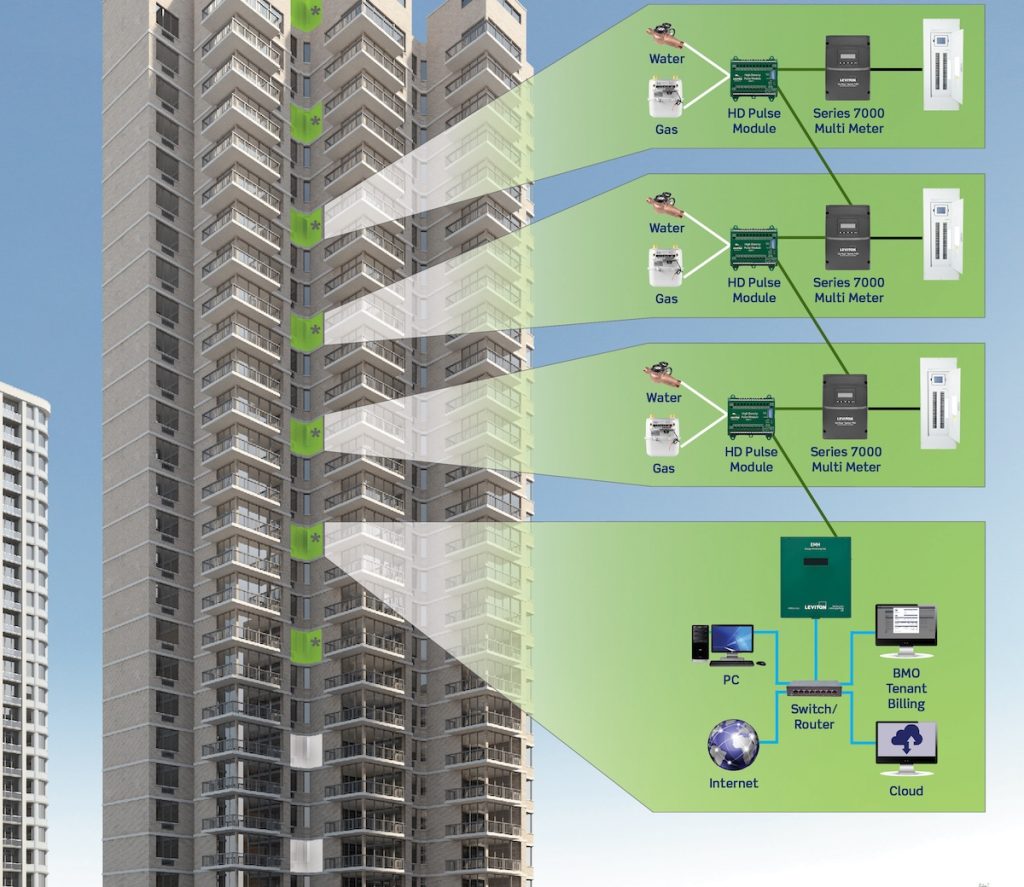
Partners for Success
Contractors looking to capitalize on the submetering opportunity should lean into manufacturers for help. They can offer a wealth of resources – from technical support and education sessions to hands- on training and design assistance – that help build confidence with installations and commissioning for years to come. Plus, they can keep you up to date on the latest energy codes by state, integration opportunities, and submetering advancements like onboard installation diagnostics, simplified programming wizards, and state-of-the-art meter communications options.
The Bottom Line: Submetering is a Win-Win
This level of support is crucial, as embracing the submetering opportunity allows electrical contractors to position themselves at the forefront of the energy efficiency movement. They can expand their service offerings, enhance their expertise, and generate significant new revenue streams. By partnering with knowledgeable manufacturers, contractors can confidently navigate this rapidly growing market and unlock the full potential of submetering to deliver impactful energy efficiency solutions for their clients.


